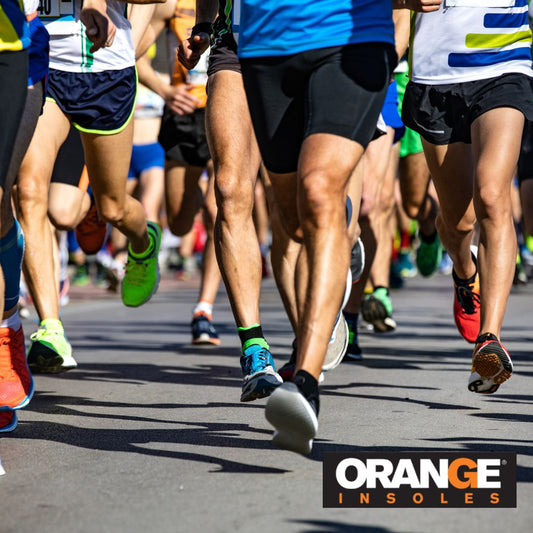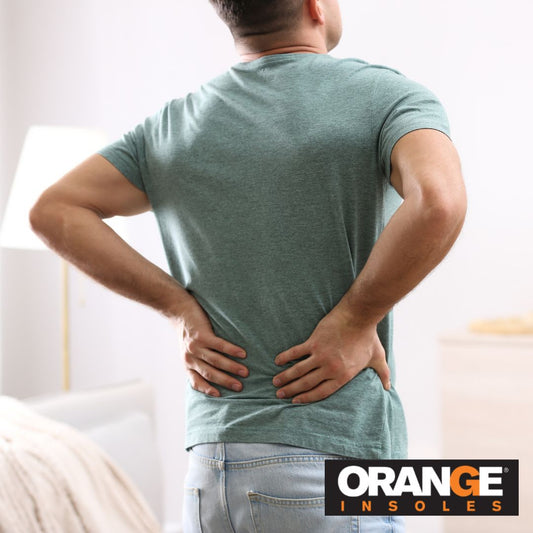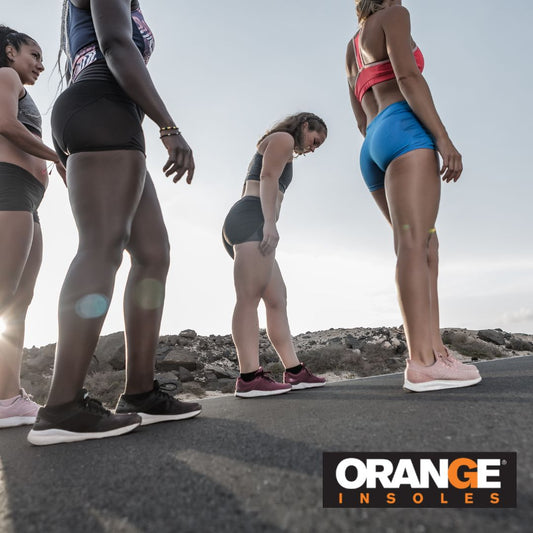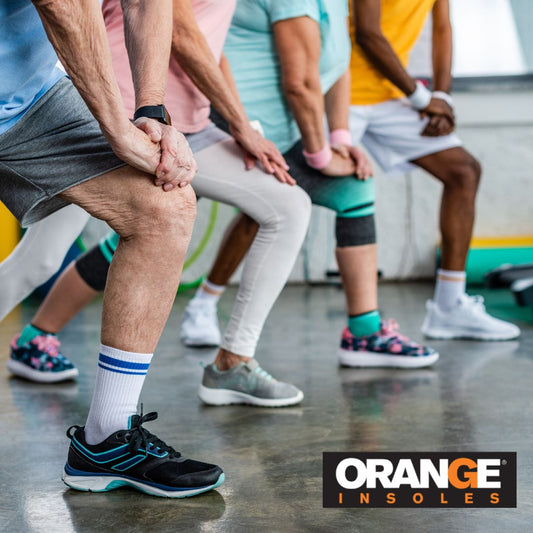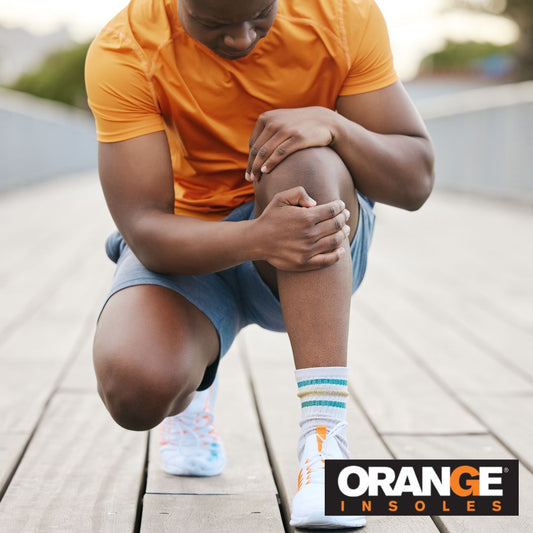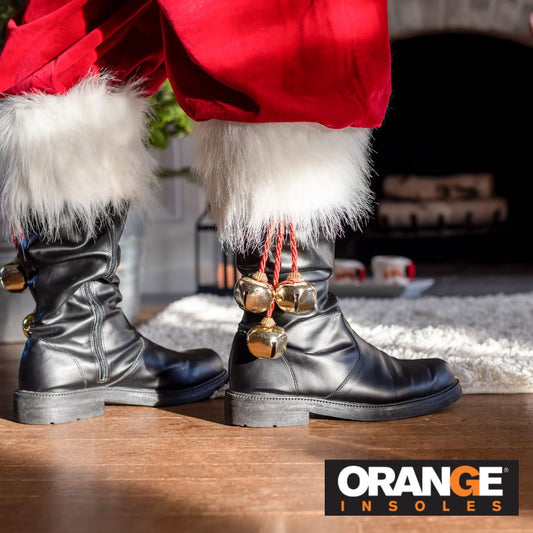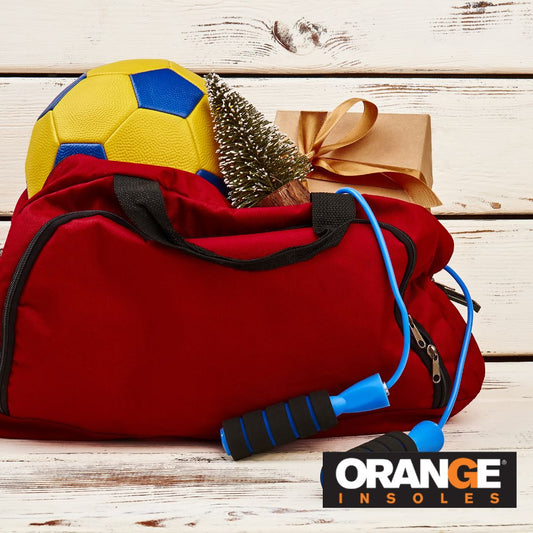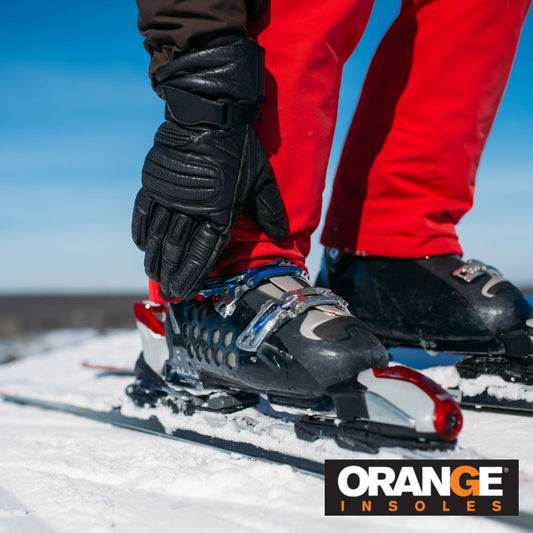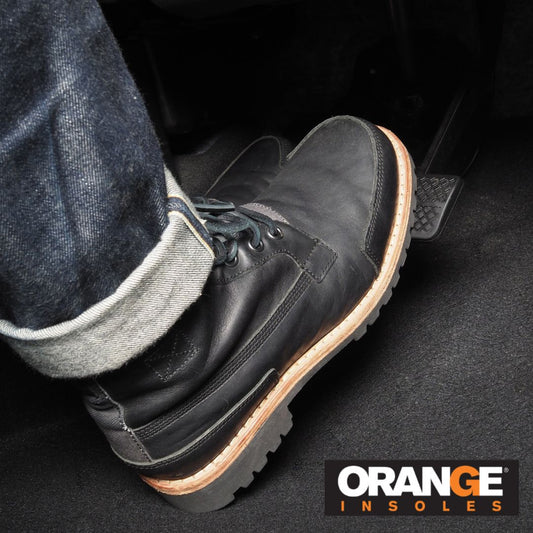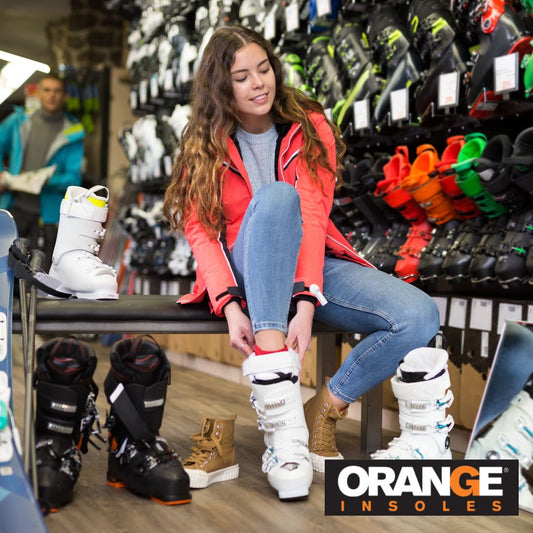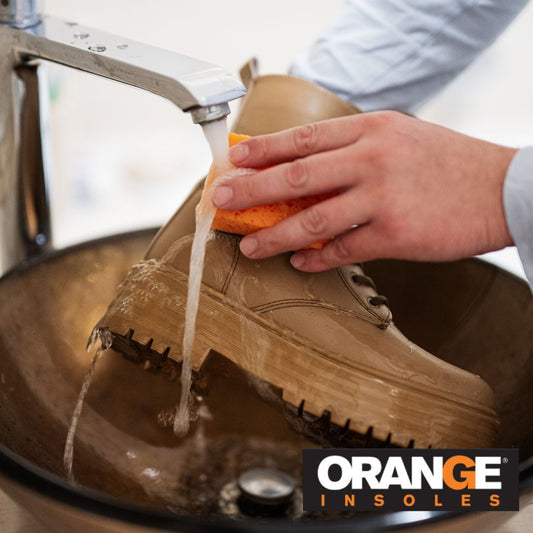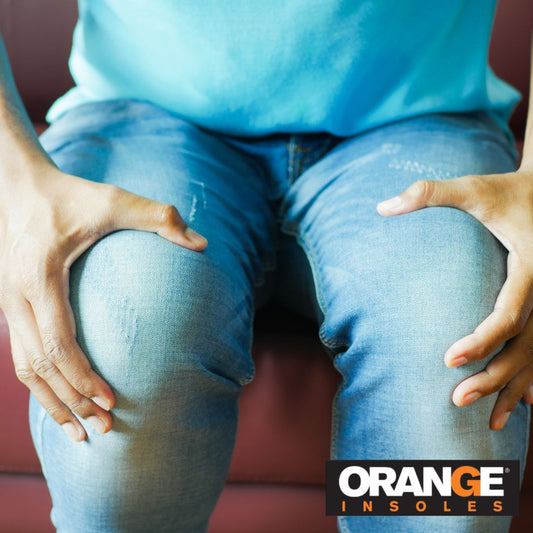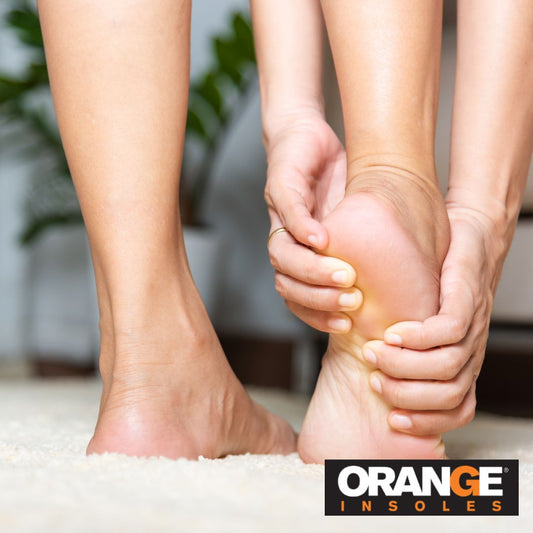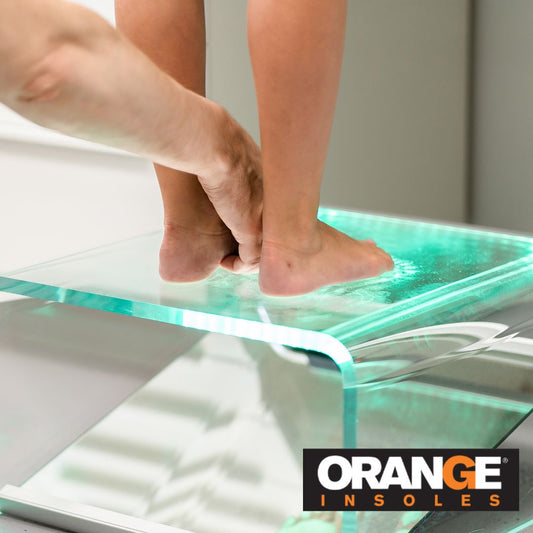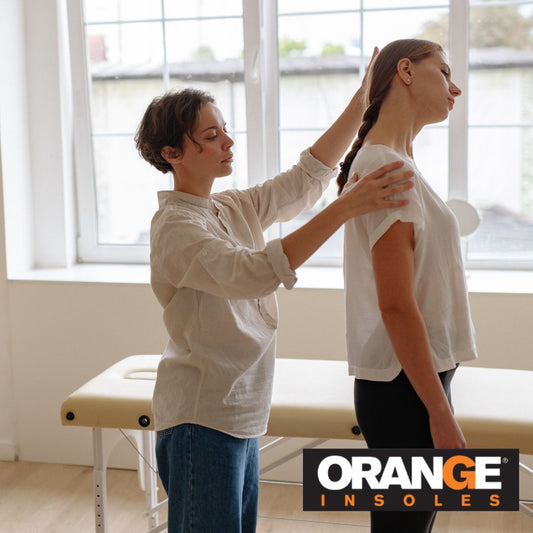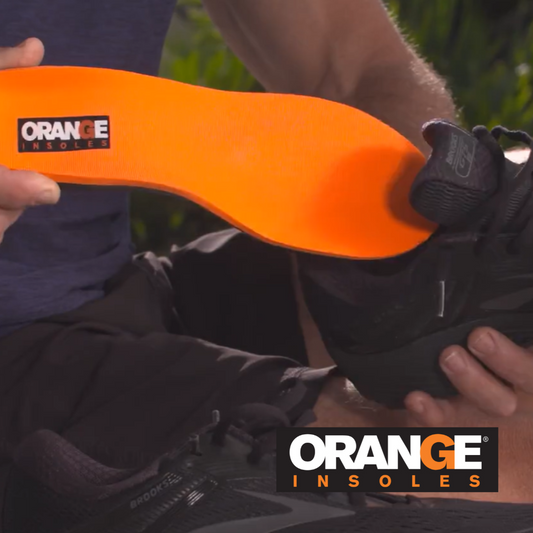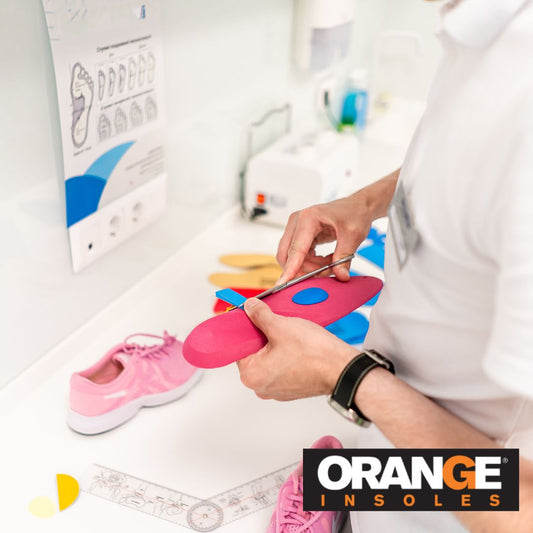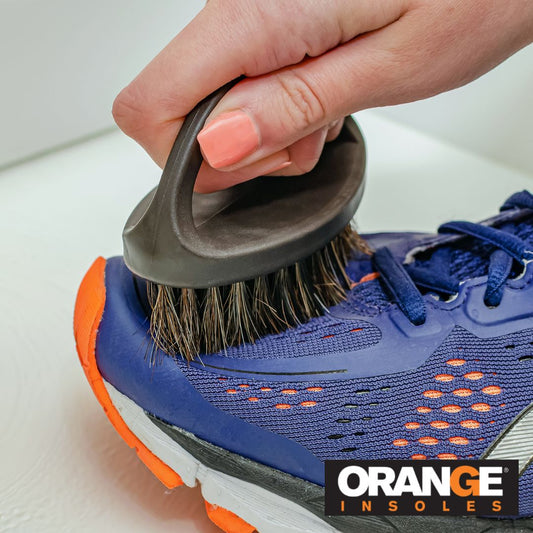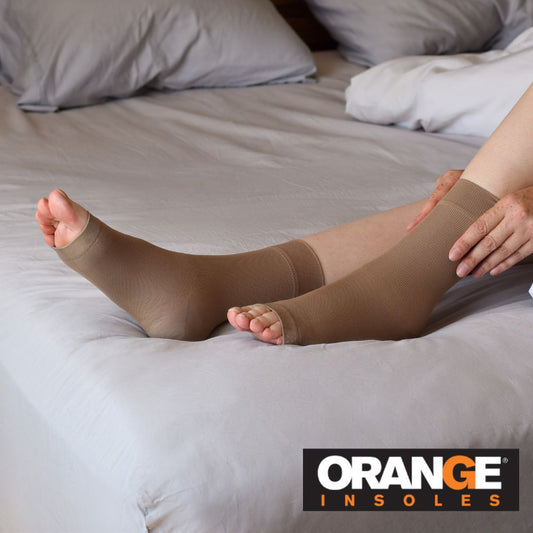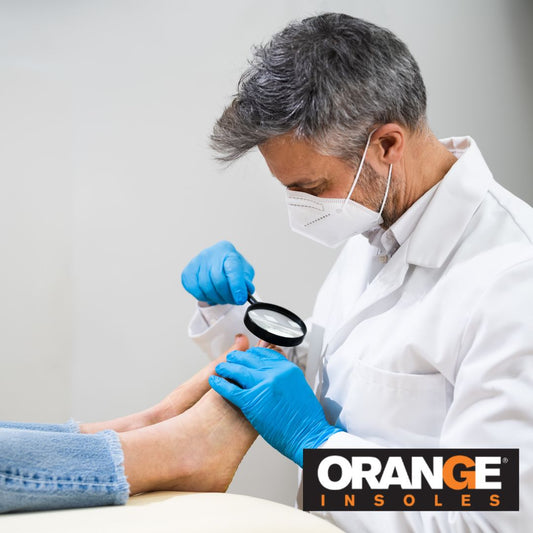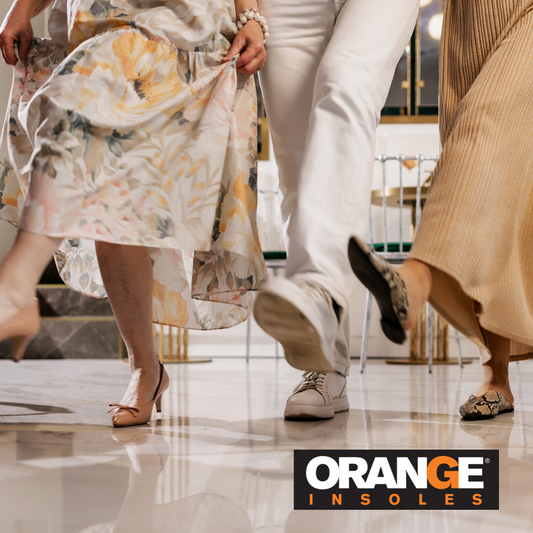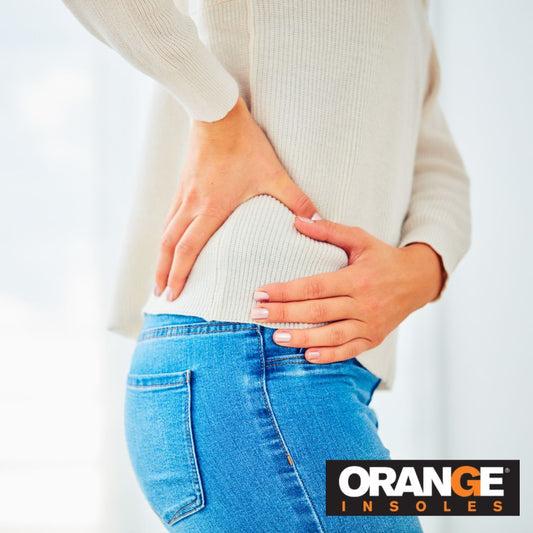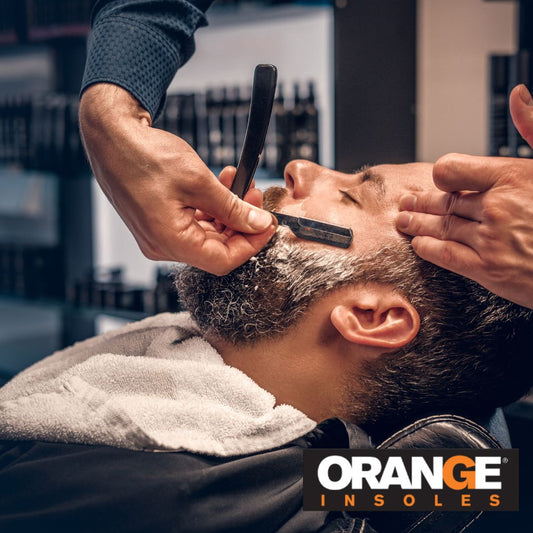 We get a lot of praise for our insoles and the comfort of their compressed foam, but many don’t realize that both the Orange ¾ and the Orange Full are actually made with four layers for optimum durability and sturdiness.
We get a lot of praise for our insoles and the comfort of their compressed foam, but many don’t realize that both the Orange ¾ and the Orange Full are actually made with four layers for optimum durability and sturdiness.
The top layers are the most high profile since they’re exposed to the pressure of your feet. The surface microfiber layer wicks moisture away, and the second layer is made of EVA foam-- a sturdy plastic that is extremely resistant to cracking, is very flexible and acts like rubber. It’s often called “foam rubber” for this reason.
But the third (and most important) layer, might surprise you. This layer is made of hard plastic molding (yup, plastic!) that maintains the shape of the insole. While the last layer, polyurethane, ensures a protective barrier and absorbs most of the impact our feet take on, this hard plastic works to do most of the heavy lifting when it comes to correcting your feet.
While it might seem strange to use plastic to support our feet and keep them comfortable throughout the day, let’s take a look at a few of the reasons this plastic might be exactly what your feet need.
Plastic and Your Arch
A plastic layer in your insole most benefits the arch of your foot--where a lot of pain can originate. Whether you need to fix overpronation or properly support high arches, finding insoles that are going to keep up with you and your activities is going to prevent short and long-term injuries.
Plastic moldings in an insole can:
- Help keep the metatarsal pad in place (this pad help distribute pressure so it’s important it stay in place)
- Protects the heel cup from the wear and tear of everyday movement
- Adds longevity to the EVA foam layer by locking it in place
- Works to redistribute weight (reducing foot, leg, knee, and hip pain, and certain blisters)
- Can help prevent serious problems associated with overpronation
Thin Arch Support Inserts And Your Style: The Ideal Holiday Dress Shoe Insole
Though we could go on and on about the anatomy of the Orange Full and Orange ¾, we still need to explain the intricacies of the Orange Light. Unlike the other two, the Orange Light has a thinner profile made for use in dress shoes and other shoes without a removable liner.
These insoles only have an EVA foam layer and a microfiber layer, but can be an ideal option for, perhaps, those heels that are going to make an appearance at holiday parties and when you’re ready to get formal!
But they’re not just for high heels--wearing any type of shoe with an elevated heel can cause a number of issues, and that includes men’s dress shoes. Elevating the heel changes the point of impact during your gait, which means that your weight distribution and alignment is thrown off balance. It puts more pressure on your calves, it puts too much of your weight toward your forefoot and increases foot fatigue. And the more drastic the heel elevation, the more severe the changes to weight distribution & alignment. Add the fact that these shoes have minimal lining or support built into the shoe, if you don’t take some extra precautions like an Orange Light, you’ll be hurting by the end of a fun evening out.
The microfiber layer can also help prevent the rubbing that can lead to blisters by absorbing the moisture that can collect in your shoe while you dance or celebrate the night away.
Hard Plastic Arch Support can help with most Ailments
Although insoles with hard plastic in them can sound uncomfortable, they can really make a world of difference in the long run. One of the key things to remember about the different types of inserts out there is that cushy comfort doesn’t always equal support. Despite how squishy and pleasant gel insoles can feel on your feet, they don’t necessarily take into account certain pressure points and proper foot alignment.
Insoles with plastic inserts are great for:
- Proper support for flat feet
- Cases of plantar fasciitis
- Jobs that require long hours of standing or walking
- Reducing injuries from overpronation
- Extra cushioning for high impact activities
Both Orthotics, and Orange Insoles work for most ailments. Orthotics are customized to an individuals foot. Over the counter insoles are not, but work in most cases and can be more economical.
- Arthritis
- Bunions
- Diabetic foot ulcers
- Bursitis
- Heel spurs
- Certain, more severe cases of plantar fasciitis
So if you don’t have a serious foot problem and just need some extra support, turn to plastic rather than orthotics.
Orange insoles with the plastic insert can help support your feet and prevent pain in the future. If you’re still not sure you believe in the power of plastic, give em a try today!







